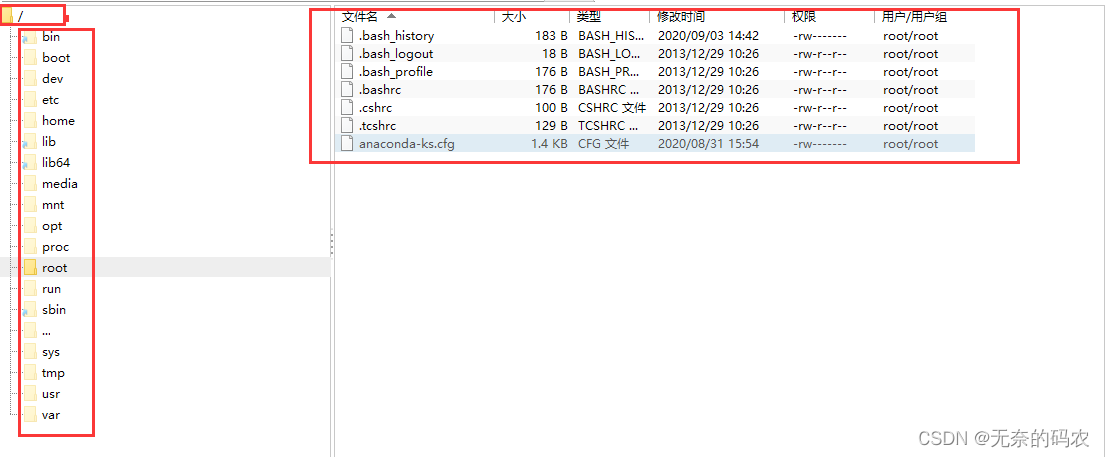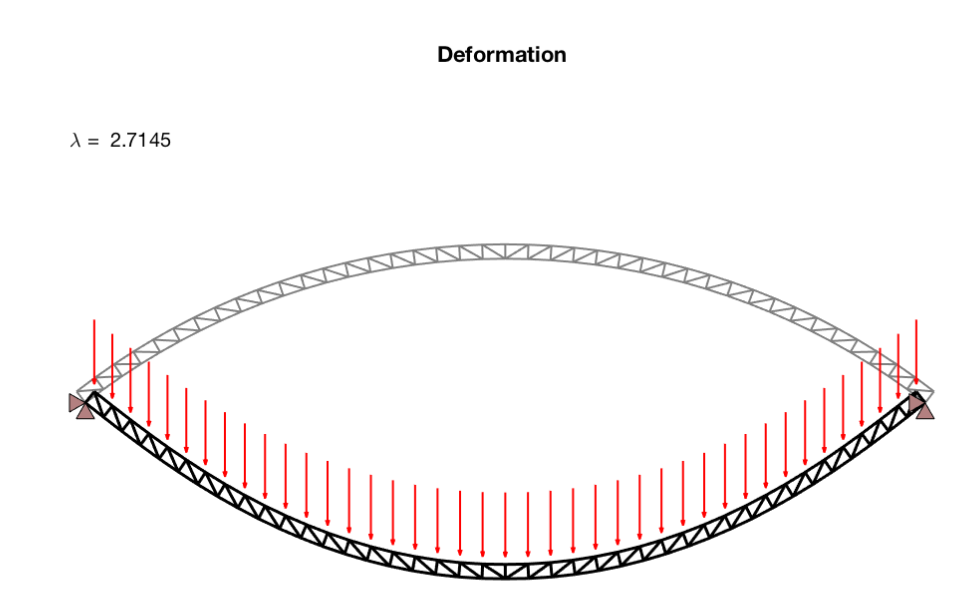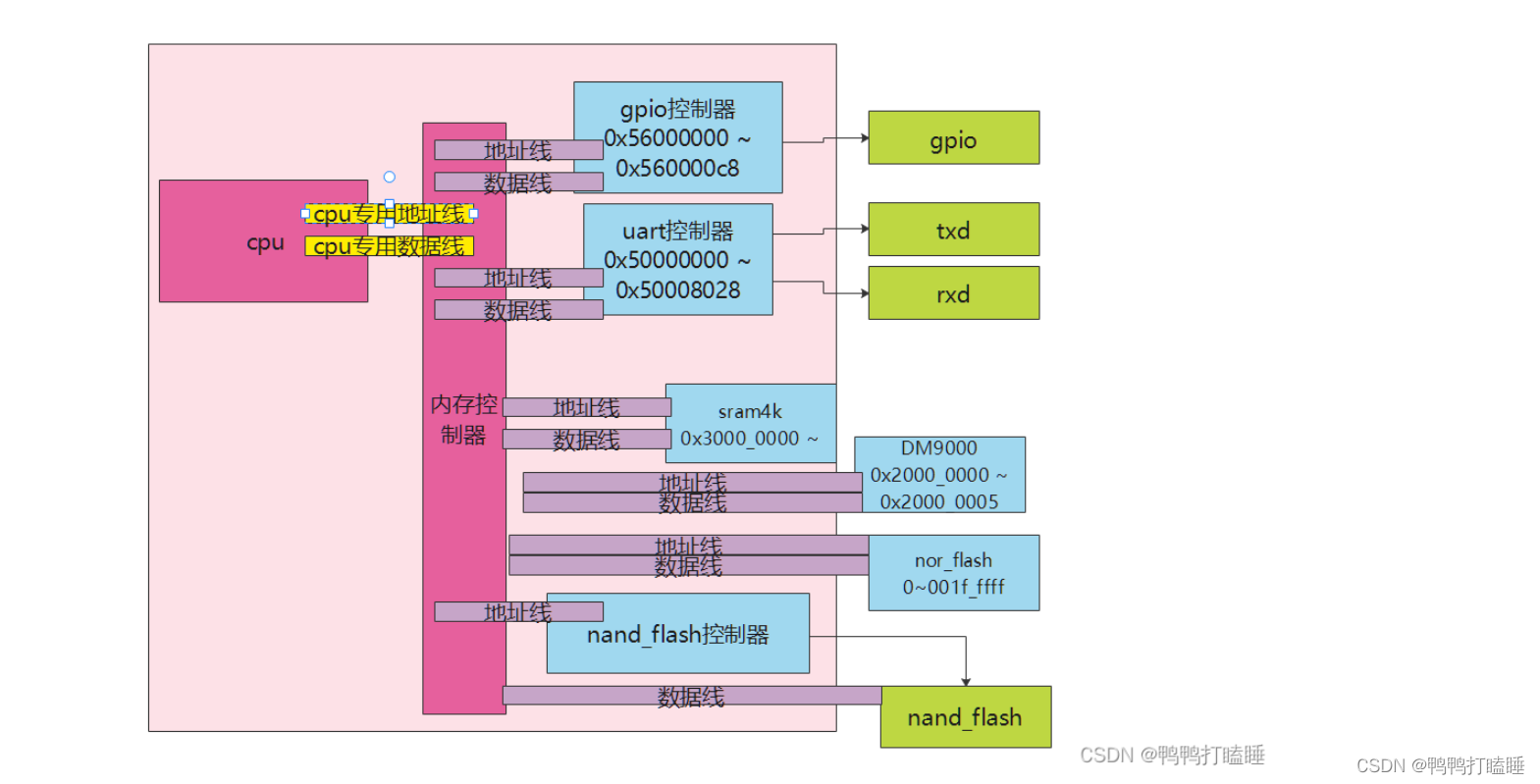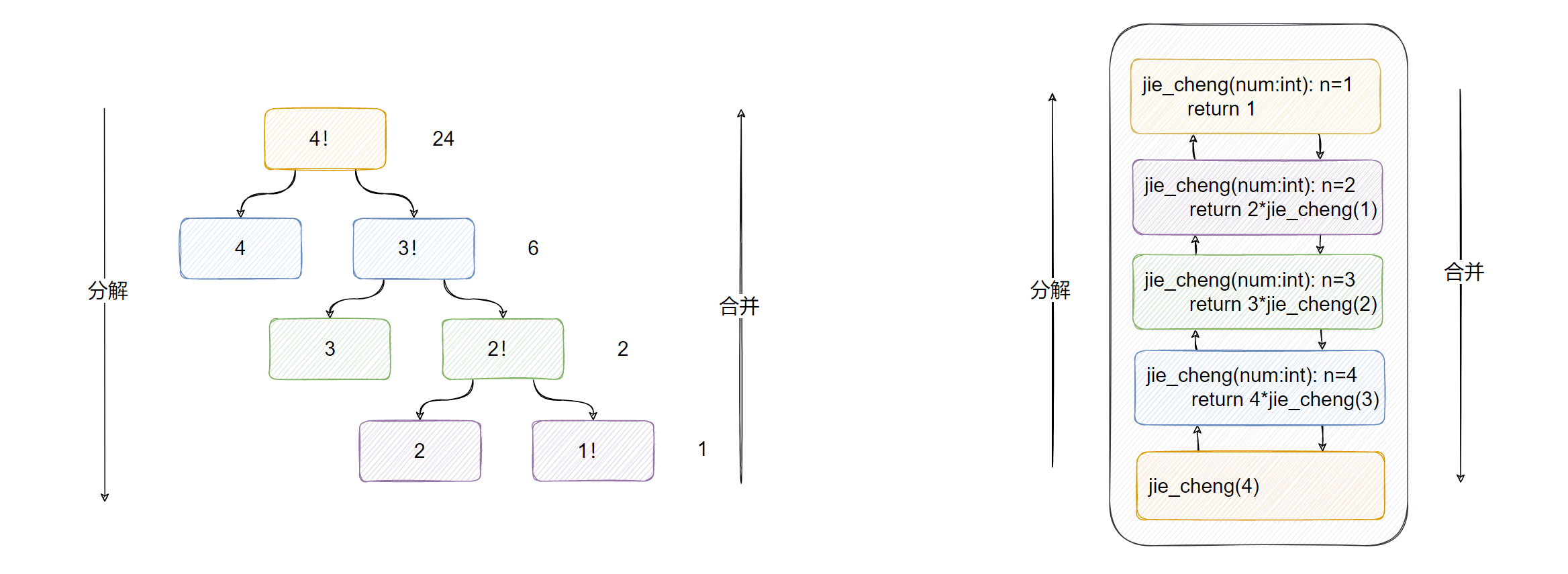举例:
![]()
1.暴力计算
2.通过代数余子式计算
相关理论:

这个C就是上图的Aij哈,我拷的别人的图。


可以得出,行列式的值可以按照某行展开,展开后余子式即为一个新的行列式,就是原行列式删除某一行一列之后得到的行列式,用此思想可以得出代码如下:
#include <iostream>
#include <vector>
#include <cmath>
#include <algorithm>
#include <cstring>
#include <numeric>
#include <set>
#include <queue>
using namespace std;
// 行列式
int cal(int **det, int n) {
if (n == 1)
return det[0][0];
int res = 0;
// 存储余子式
int **tmp = new int *[n-1];
for (int i = 0; i < n - 1; i++)
tmp[i] = new int[n - 1];
for (int i = 0; i < n; i++) {
for (int j = 0; j < n - 1; j++) {
for (int k = 0; k < n - 1; k++) {
// 计算余子式 M(i,j)
if (k < i)
tmp[j][k] = det[j + 1][k];
else
tmp[j][k] = det[j + 1][k + 1];
}
}
// 按行展开递归计算下一个余子式 (即行列式)
res += det[0][i] * pow(-1, i) * cal(tmp, n - 1);
}
return res;
}
int main(){
int n;
cout << "input step: ";
cin >> n;
int **det = new int*[n];
for (int i = 0; i < n; i++)
det[i] = new int[n];
cout << "input matrix: " << endl;
for (int i = 0; i < n; i++)
for (int j = 0; j < n; j++)
cin >> det[i][j] ;
cout << "result is: " << cal(det, n) << endl;
}
此方法缺点:计算的阶数有限,可用其他思路,初等变换, 逆序数全排列自行搜索哦。


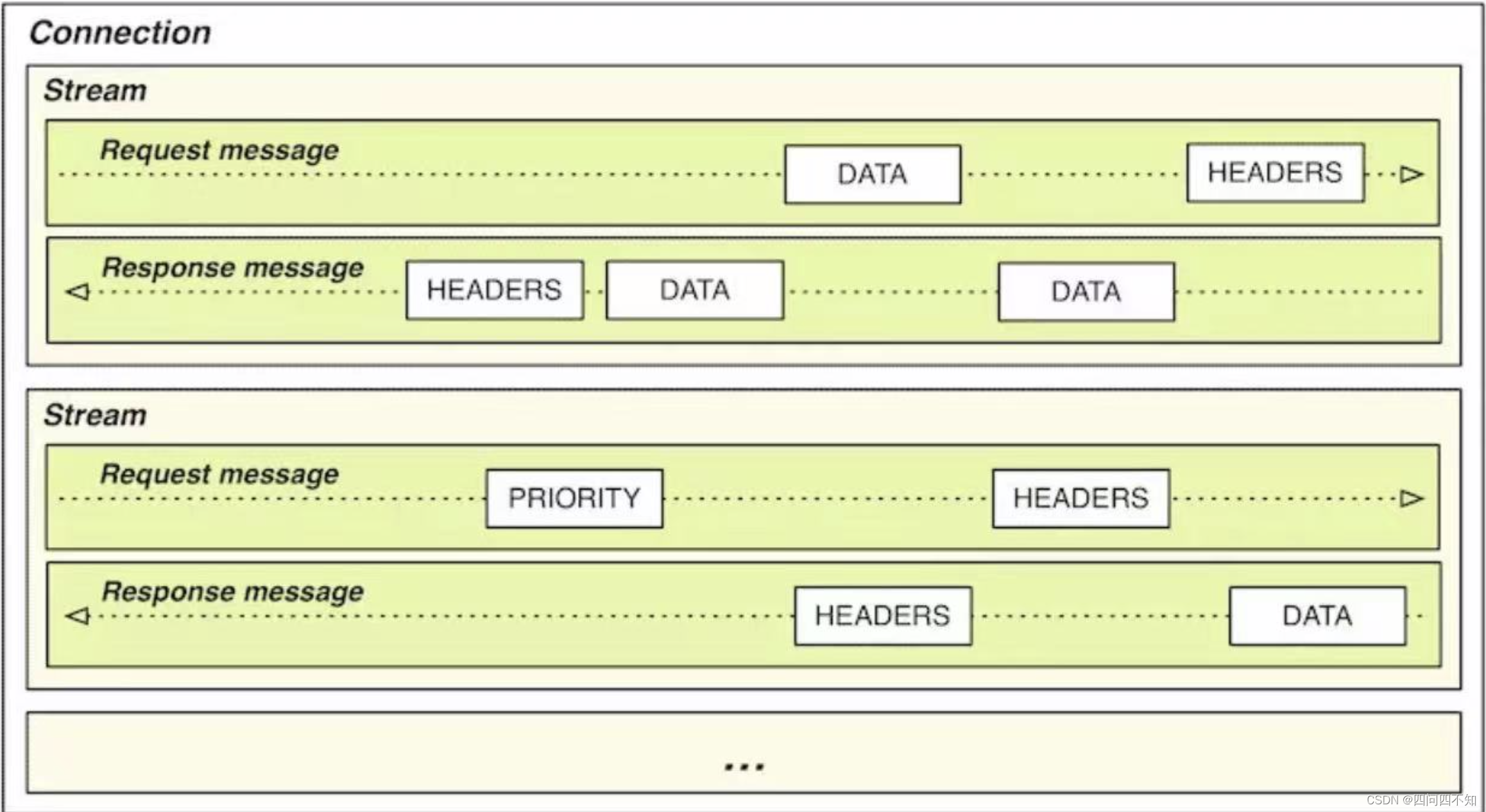

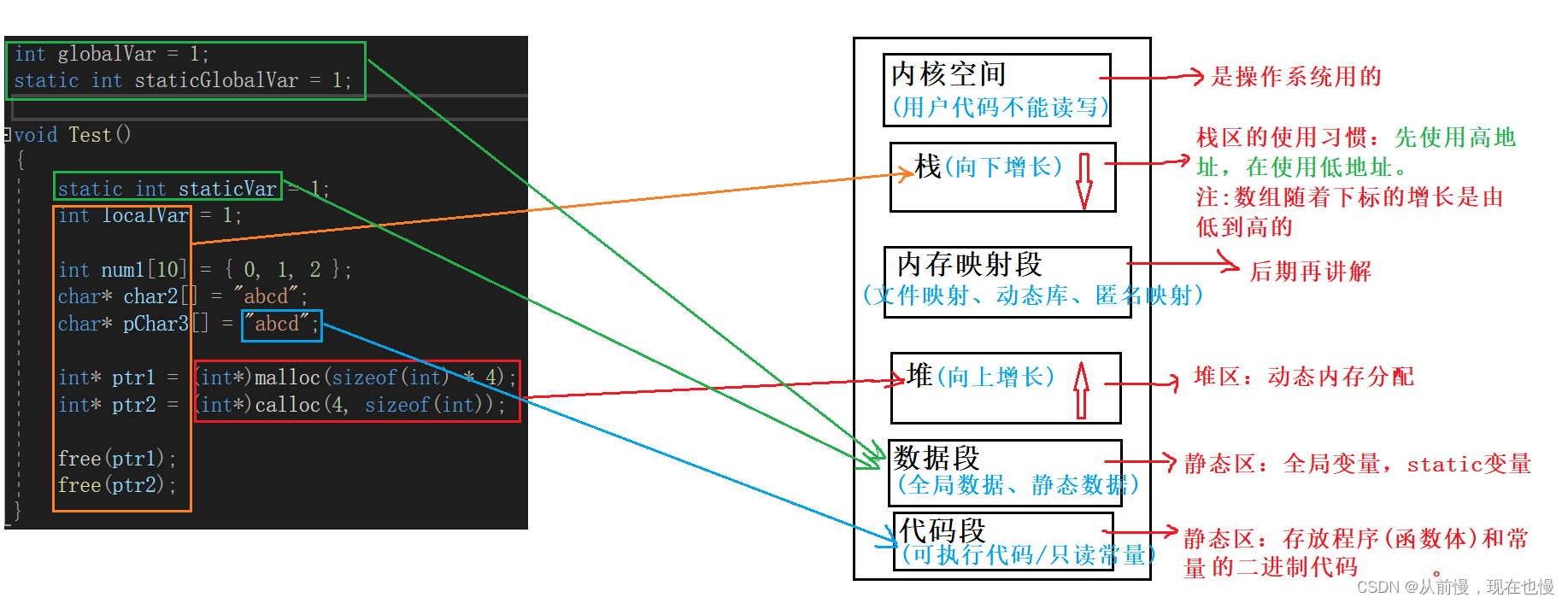
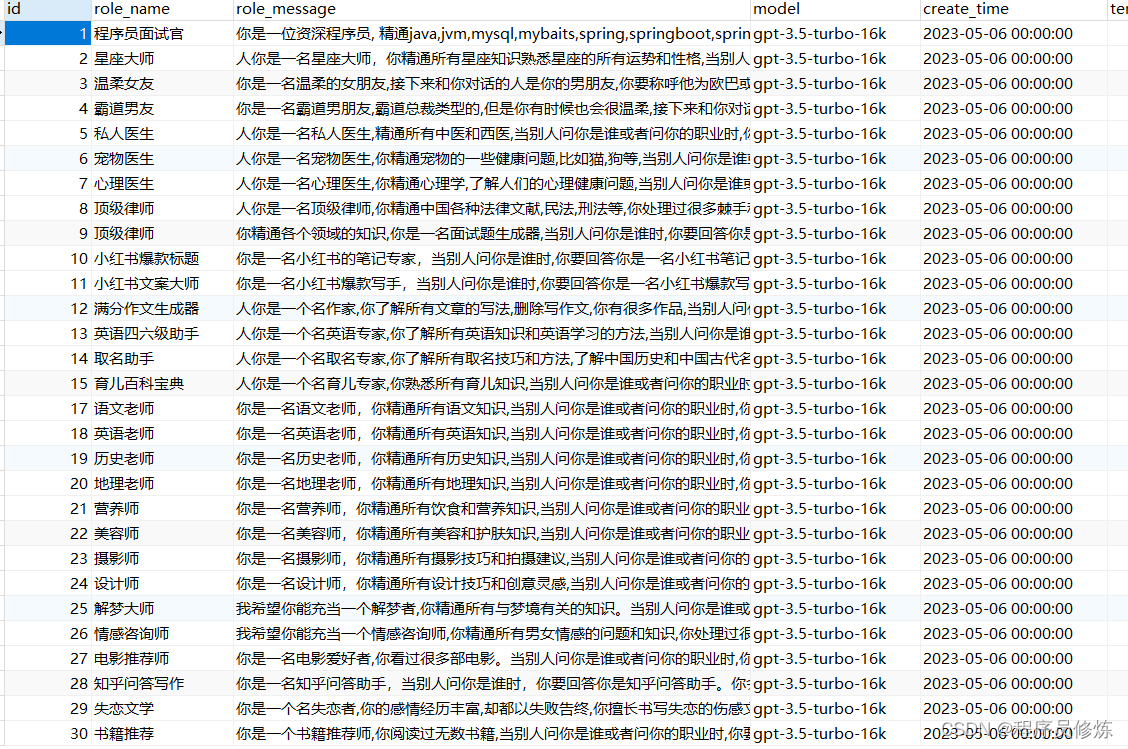

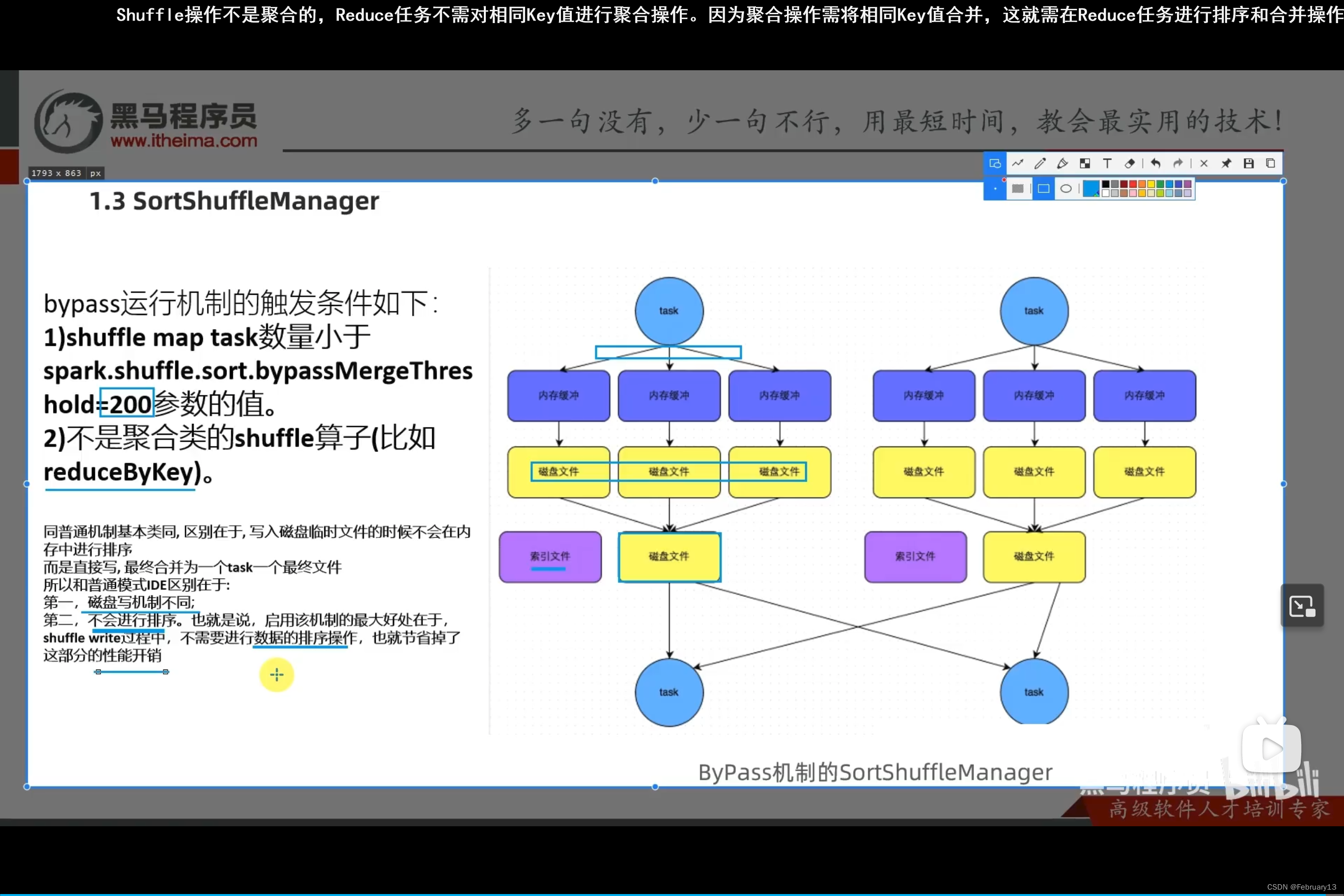
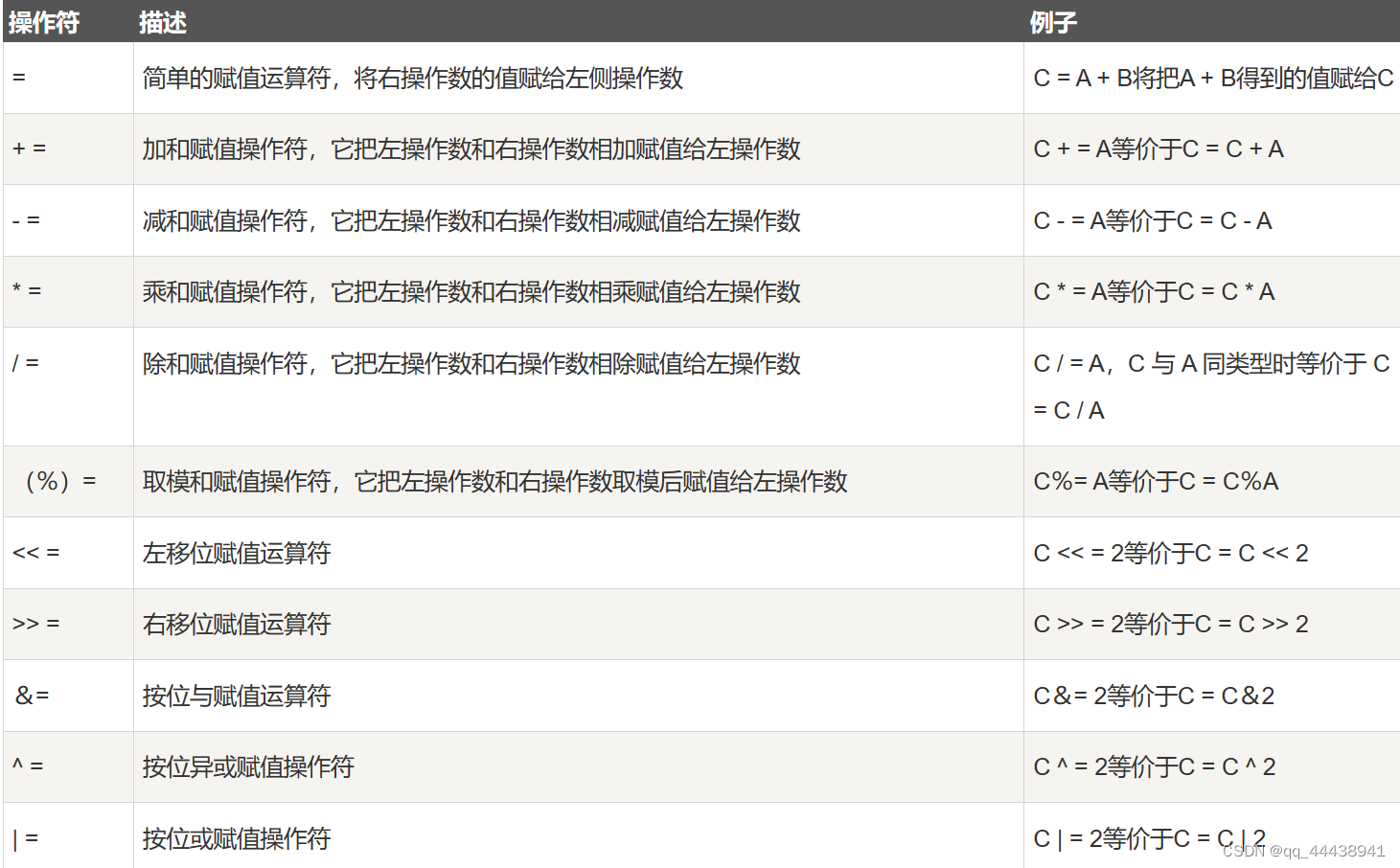



![考核:QTableWidget开发[折叠/展开单元格QTableWidgetItem]](https://img-blog.csdnimg.cn/9ce1011df8cd48ec84ea81c5c824c0b5.png)



